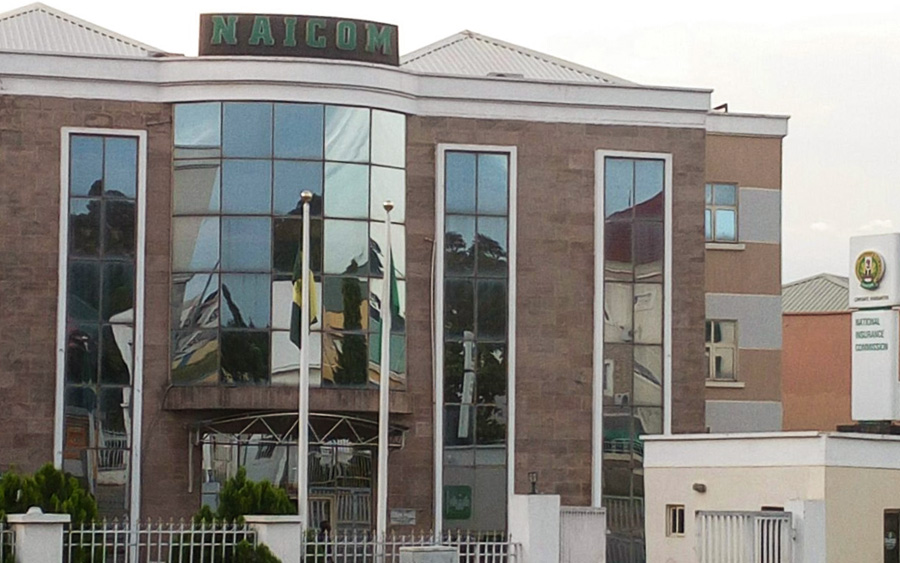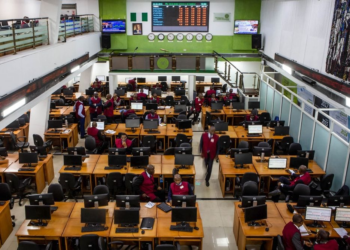Bitcoin bulls have maintained the top spot for the last two days and is currently trading at a high of $23,000 after surpassing support at around $22,654.
According to the Chief strategist of Matrixport, institutional investors are not giving up on crypto. Recent data suggests that as many as 85% of Bitcoin purchases were made by American institutional players.
A report by Matrixport also showed that it is possible to determine whether institutional or retail investors prefer a certain digital asset based on whether it is performing well during American or Asian trading hours.
Data revealed that on 24-hour trading, Bitcoin performs well during U.S. trading hours, indicating that American institutions are purchasing it.
So far this year, the flagship value has climbed by 40%, with 35% of those increases occurring during U.S. market hours.
An overview of the price of Bitcoin is overall bullish and further gains are expected soon. If the bulls can push past the $23,132 resistance level, there may be big gains.
However, investors should keep a close eye on the market as even small movements can have a significant impact on prices.
Other altcoins such as Solana and Decentraland have also seen gains of over 120% since the beginning of the month.
The rise of XRP is also noteworthy. Its value has increased by 20% since the start of the year and is currently above $0.40 per token, allowing it to reclaim a sixth place in the global list of crypto assets by capitalization.
The US Dollar Index has fallen to a seven-month low following a 20-year peak in September 2022, as the US dollar’s decline in value continues to support the market for digital assets. As markets position themselves in anticipation of US Federal Reserve action and its direction on interest rate policies, the dollar’s whole second-half increase in 2022 has now been wiped.
Experts anticipate that more US citizens will soon use Bitcoin as a secure storage option for their wealth on the weakening greenback and positive regulatory approval for payment usage. This is much like what the citizens of Turkey, Iran, Russia, and many other countries around the world has done in the past when faced with hyperinflation or other economic troubles.















.gif)




